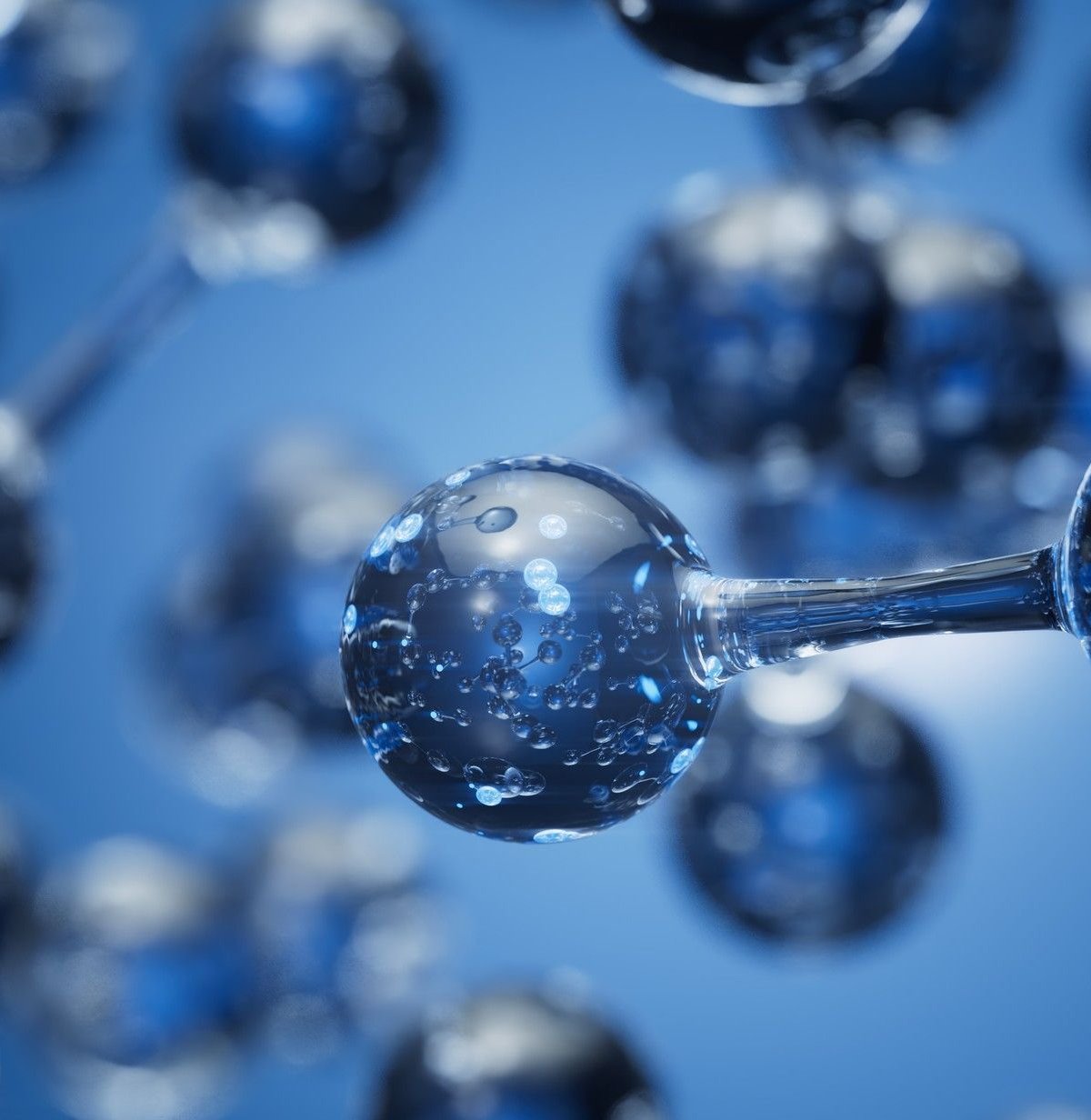The future is increasingly focused on climate change; Governments, researchers and companies are looking for fuel alternatives that will not worsen the state of the planet. In a recent study published in the scientific journal Frontiers in Science, Japanese scientists say they have developed technology that can convert sunlight and water into hydrogen fuel.
Hydrogen is considered one of the fuels of the future because it causes less harm to nature than the fossil fuels currently used. But the problem is that its production is still complex and very expensive. In other words, the new method developed by Japanese scientists could revolutionize the green fuel market.
From ultraviolet sensitive photocatalysts, Scientists have developed a method that uses sunlight to split water into hydrogen and oxygen. Although it seems like a simple process, ‘converting water into hydrogen fuel’ requires technology and a significant amount of energy.
“Sunlight-driven water splitting using photocatalysts is an ideal technology for the conversion and storage of solar energy to chemical energy, and recent advances in photocatalytic materials and systems raise the hopes of making this happen. However, many challenges remain,” one of the authors said. Kazunari Domen, a professor at Shinshu University, made an official statement.
Conversion of sunlight and water into hydrogen
The team was able to achieve a proof of concept of the method using a 100 square meter reactor that was used for three years. The study explains that they performed better with real sunlight compared to artificial light in the laboratory.
Despite, The model currently has only 1% overall efficiency, and scientists hope to exceed 5% as technology advances.
To break the 5% barrier study reveals need to develop more efficient photocatalysts and even larger reactors more than was used during the research. Thus, they will be able to produce hydrogen fuel on a larger scale.
Therefore, researchers recommend establishing safety regulations, standards, and efficiency criteria to facilitate and accelerate the development of effective technology.
“The most important aspect to be improved is the efficiency of converting solar energy into chemistry using photocatalysts. If raised to a practical level, many researchers will seriously work on developing mass production technology and gas separation processes, as well as building large-scale power plants,” adds Domen.
Stay up to date on the latest chemistry and science studies at TecMundo. If you want, take the opportunity to learn a little more about the first element of the periodic table. Until next time!
Source: Tec Mundo
I’m Blaine Morgan, an experienced journalist and writer with over 8 years of experience in the tech industry. My expertise lies in writing about technology news and trends, covering everything from cutting-edge gadgets to emerging software developments. I’ve written for several leading publications including Gadget Onus where I am an author.













